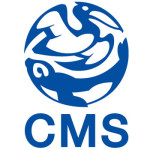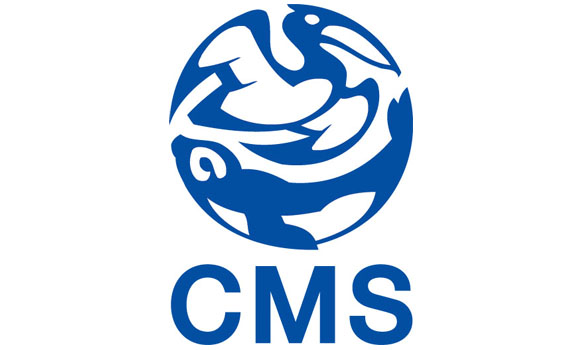 Reef mantas (Manta alfredi) have been proposed for global protection under the Convention on the Conservation of Migratory Species of Wild Animals (CMS).
Reef mantas (Manta alfredi) have been proposed for global protection under the Convention on the Conservation of Migratory Species of Wild Animals (CMS).
In several regions, populations of reef mantas have declined by as much as 80 percent in recent years. The main threats are targeted and incidental fishing, with manta ray products having a high value in international trade markets.
Both reef and oceanic (Manta birostris) species were listed under the Convention on International Trade in Endangered Species (CITES) in 2013. This international treaty requires nations to ensure that their manta ray exports do not threaten the survival of wild populations. However, the treaty does not address domestic threats to manta rays, including fisheries for local consumption, habitat loss, and pollution.
Oceanic mantas have already been listed under the CMS following a successful proposal in 2012. As highly migratory species, both oceanic and reef mantas have the potential to cross international boundaries. The CMS provides a framework for nations to work together to ensure conservation management approaches are compatible at regional scales.
As yet, no such regional framework exists for reef mantas. While countries like Indonesia are already taking giant strides to protect their manta populations, these efforts may be undermined if mantas remain at risk as soon as they migrate into neighboring waters.
The reef manta, together with nine mobula and eagle ray species, are proposed for listing under both Appendix 1 and 2 of the CMS. If successful, this listing will require Parties to strictly protect these species by conserving or restoring their habitats, mitigating obstacles to migration, and controlling other threats that endanger them. In this way, the CMS provides a foundation for regional conservation approaches throughout the Coral Triangle and beyond.
“One of the clear messages indicated by the listing proposals is that CMS Parties deem the plight of sharks to be so serious that they proposed over twenty species of sharks and rays for listing. It might also be seen as a vote of confidence in CMS as a forum in which to advance the global conservation of sharks”, said Bradnee Chambers, Executive Secretary of CMS.
The CMS is administered by the United Nations Environment Programme (UNEP), and is the only global convention protecting species that move across international boundaries. By signing the Convention, the 120 member Parties recognize that these wild animals are an irreplaceable part of the Earth’s natural system which must be conserved for the good of mankind.
The proposal to list reef mantas will be considered during the next Conference of the Parties, which will take place in Quito, Ecuador from November 4-9. 2014. Click here to read more about the species proposed for protection under the CMS in 2014.
–


